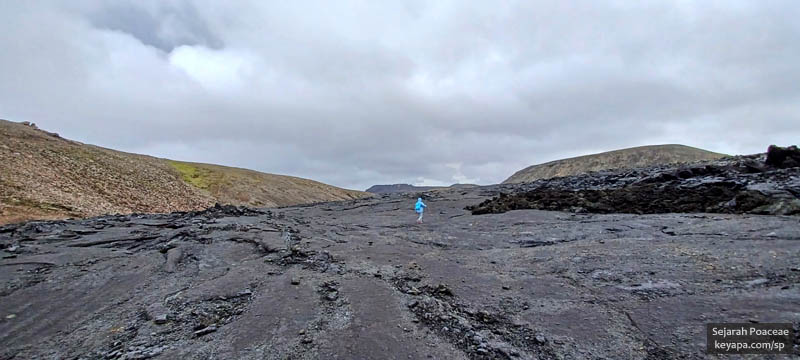
Important: Unfortunately, due to damage to my flash during the hike at the Sherpa Steps or Nordkapptrappa (North Cape Staircase), in Honningsvåg, macrophotographs taken were of subpar quality, especially when lighting was low.
Our final destination during our Arctic cruise was Reykjavik, Iceland. For two days we stayed in the seaside town of Grindavik, and this town is notable because it was near the scene of multiple volcanic eruptions since 2021.
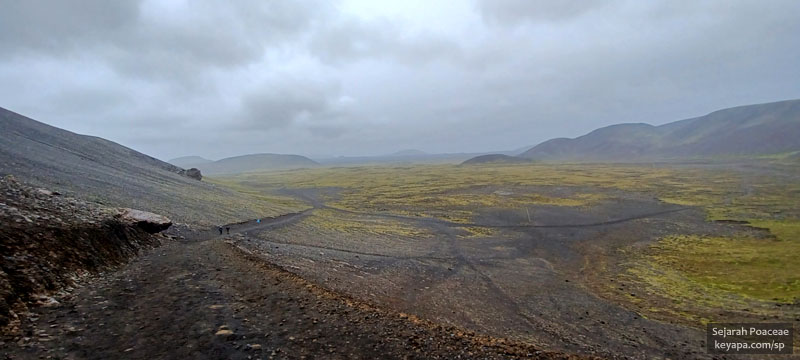
This Fagradalsfjall volcanic area has seen eruptions in 2021, 2022, and 2023, with some scientists considering the three to be the same eruption, but with pauses. These eruptions occurred after seismic activity in the spring of 2021, and all were relatively small, with no ash and low gas emissions.
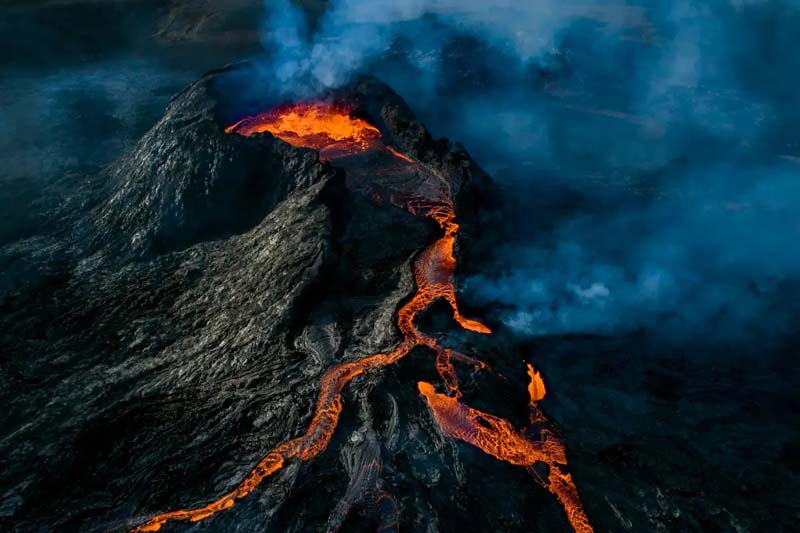
The resulting lava flow have become tourist attractions, especially for hikers, and we decided to hike 6 km into the area, going past the 2021 and 2022 lava fields.
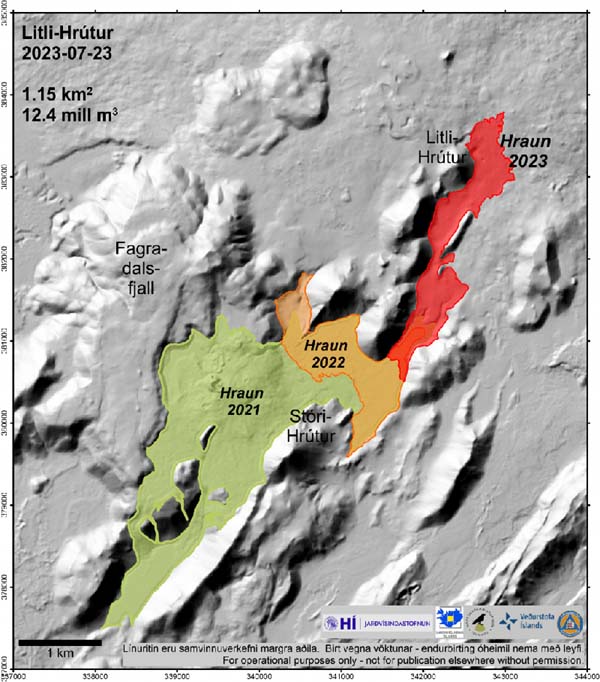
Unfortunately, the day was very windy, with rain coming down intermittently, so it was a very hard slog. Starting from the trail parking lot along Route 427 (at coordinates 63.866596103347135, -22.315957414890836), we hiked the 6 km to the Meradalir Viewpoint. This was at the end of one trail (coordinates 63.8981545995527, -22.260328671815042), and along the way we passed through solidified lava flows from 2021 and then 2022.

The lava fields were impressive, with steam coming out of some vents as we trudged along the 2021 area. Fortunately, it was possible to walk onto the lava, although we made sure not to get too close to the steam vents.
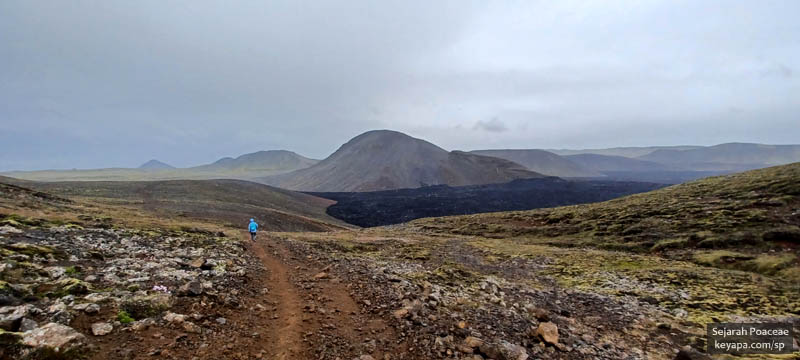
The 2022 lava fields farther away were a different story, with signs warning us to stay out of the lava itself. But it was impressive anyways, the dark material looking like some black liquid moving slowly between the small hills.
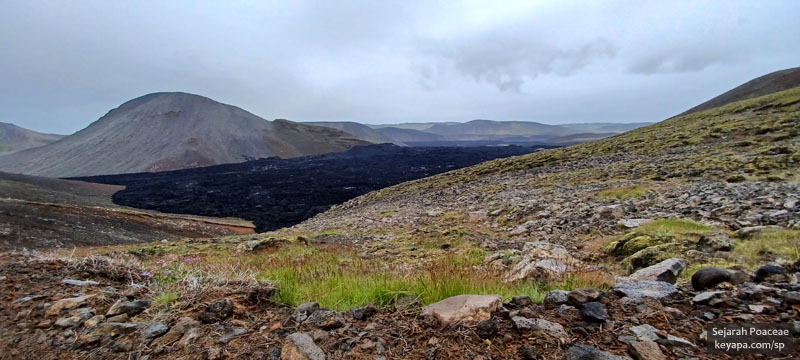
Just beyond the reach of the lava, grasses and some other herbaceous plants prospered. I saw a lot of what i took to be Festuca rubra, the clusters thrusting purplish inflorescence into the strong wind, as if daring the looming volcano to still their frenetic lives.

I also saw individuals of what seemed to be Festuca vivipara, their odd inflorescence a testament to biological ingenuity. The plantlets (bulbils) at the tips of these specimens were developing rapidly and straining to be let go, as if anxious to start their lives apart from the mother plant.
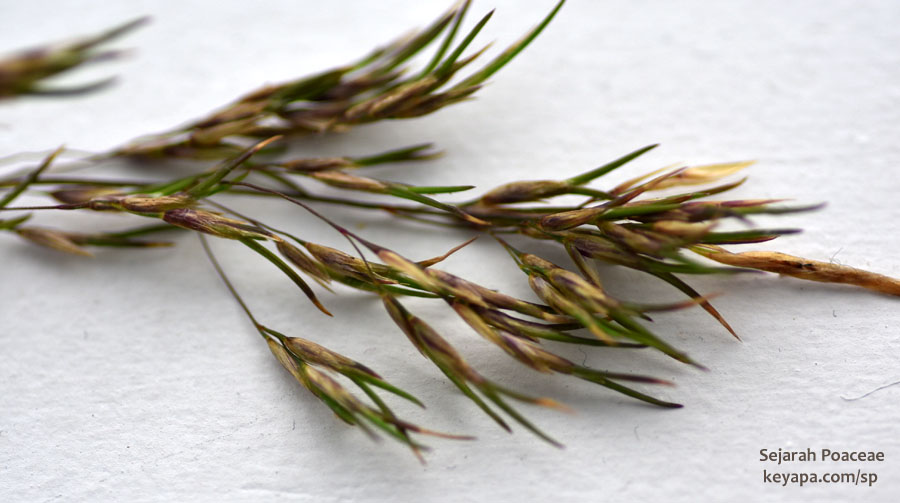
Grindavik is also close to other volcanic areas, including the Gunnuhver Hot Springs, which we visited the next day. This is a highly active geothermal area with many steam vents (fumaroles) and mud pools. Steam rose out of the vents in choking clouds, and we were prevented from going too close to them by fenced walkways and paths.
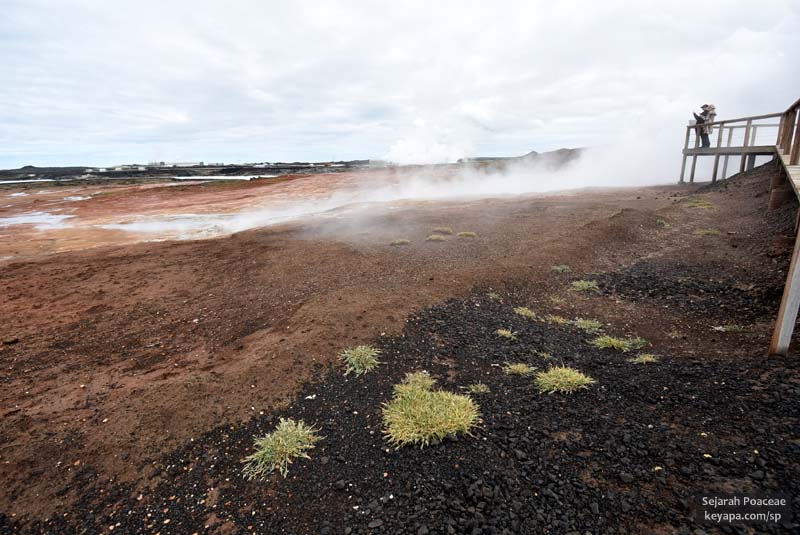
But amazingly close to the vents themselves were clusters of bunch grasses, and I was again reminded of how resilient this family of plants are. Dichanthelium thermale, for example, is able to grow at 65 degrees Celsius near the active geothermal areas of Yellowstone Park!
In the case of Gunnuhver Hot Springs, the specimens closer to the path looked to be a Poa sp instead, although I could not get close enough to the ones that were near the vent to identity those hardy critters. Interestingly, I touched the ground close to the path, and even there I could feel that it was slightly warm to the touch (even though it was a cold day).
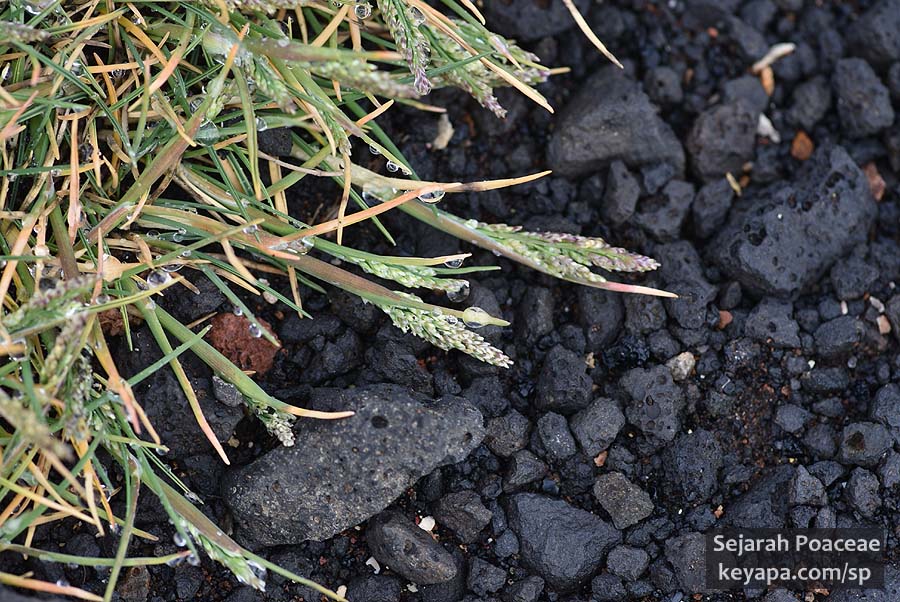
There was even a fairly miserable looking Leymus arenarius specimen a bit farther away. This species is typically found in coastal areas, but has been able to penetrate inland in Iceland. I was still somewhat surprised to see this lone individual here though, mainly because the conditions were harsh enough that the only other plants near it were the flattened and much smaller Poa sp.
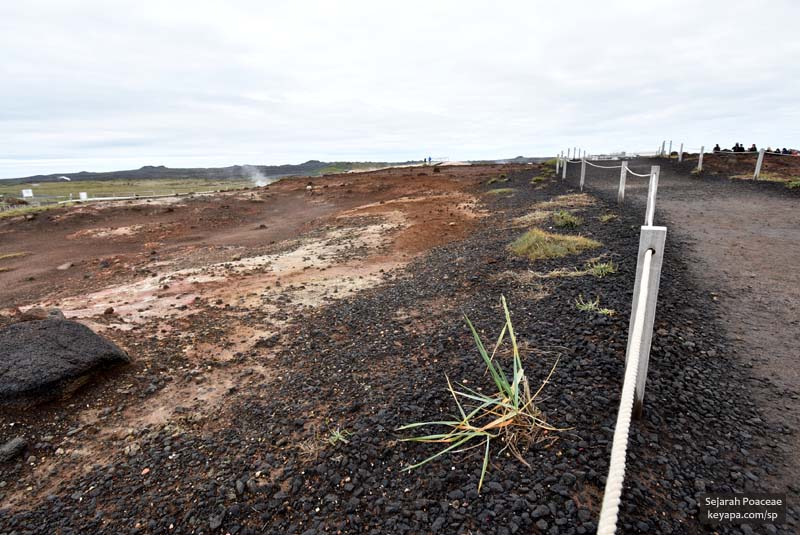
But I was not surprised to find it in Brimketill, a naturally carved pool at the edge of a lava field that abutted the sea near Grindavik. This natural formation was created by coastal erosion – the waves pounding against the lava over millennia, with the lava field estimated as being formed in the 1200s CE.
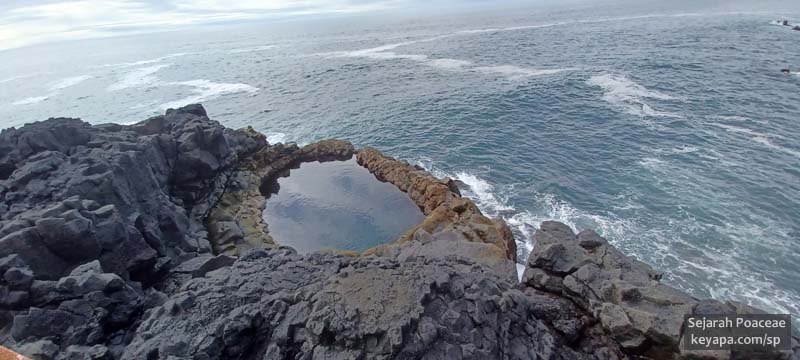
In this more amenable environment, L. arenarius clusters dotted the eroding lava, and vast fields of the species thrived a bit farther away from the pounding surf.
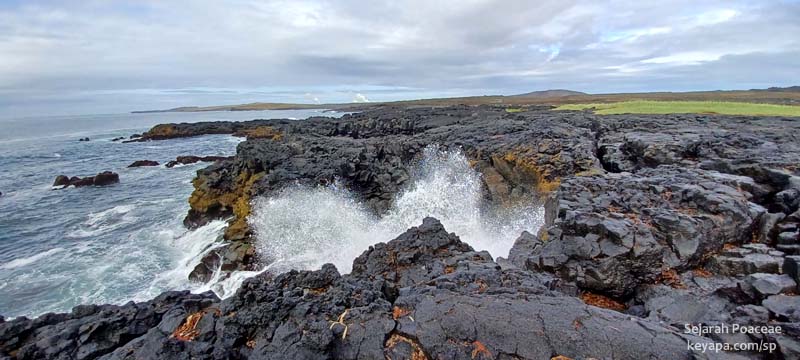
I am partial to this handsome species, with its large blue-green leaves and tall erect inflorescence, and the large fields of it surrounding Brimketill were the highlight for me on that stop.
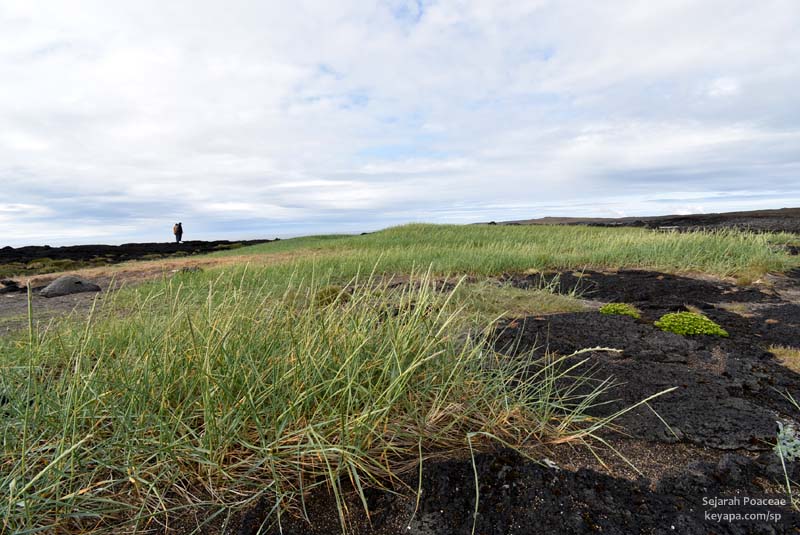

In the same way, the entire trip to the Arctic circle and Iceland will probably go down as a highlight in my life, and one that I will never forget. Even now I remember the awe-inspiring 360 degree views atop Sukkertoppen in Norway, and the stone steps of the Sherpa’s Stairway as it climbed the flanks of Storfjellet. Even now I thrill to the discovery of Phippsia in the world’s northernmost settlement of Longyearbyen, while the midnight sun sears the lenses of my camera and floods the night with sunlight. Even now the majestic mountains between Akureyri and Ísafjörður cross my mind’s eye, as the whale pods gambol beside our passing ship.
I am a lover of tropical and warm environments, but no one can help but admire and appreciate the harsh beauty and ruggedness of this area, and the tenacity of the plants and animals that call it home. I enjoyed my time here immensely, and would recommend it to botanical adventurers everywhere.
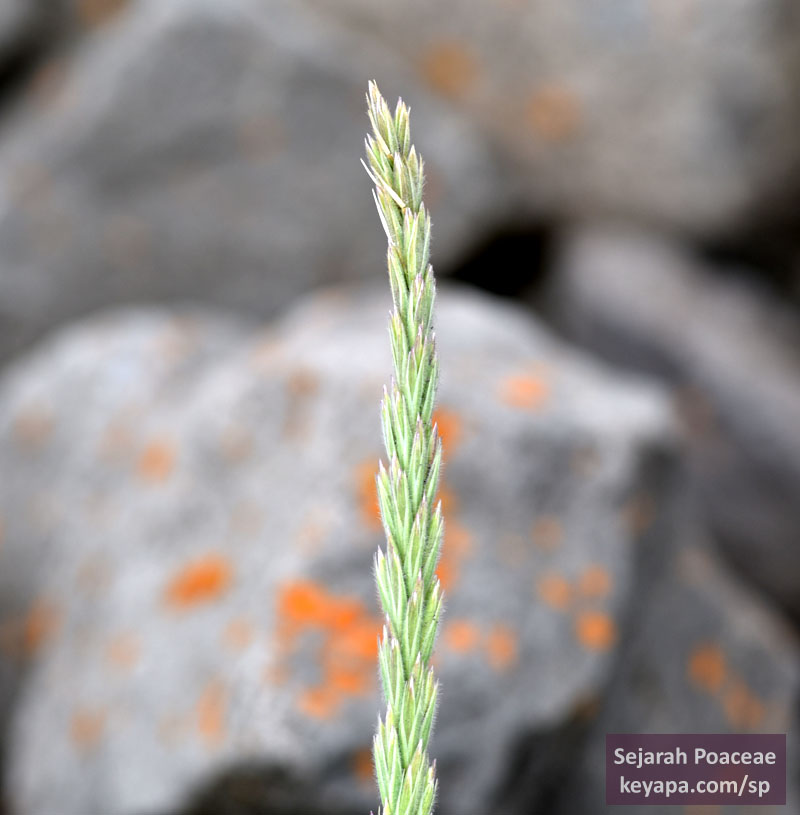

Leave a Reply